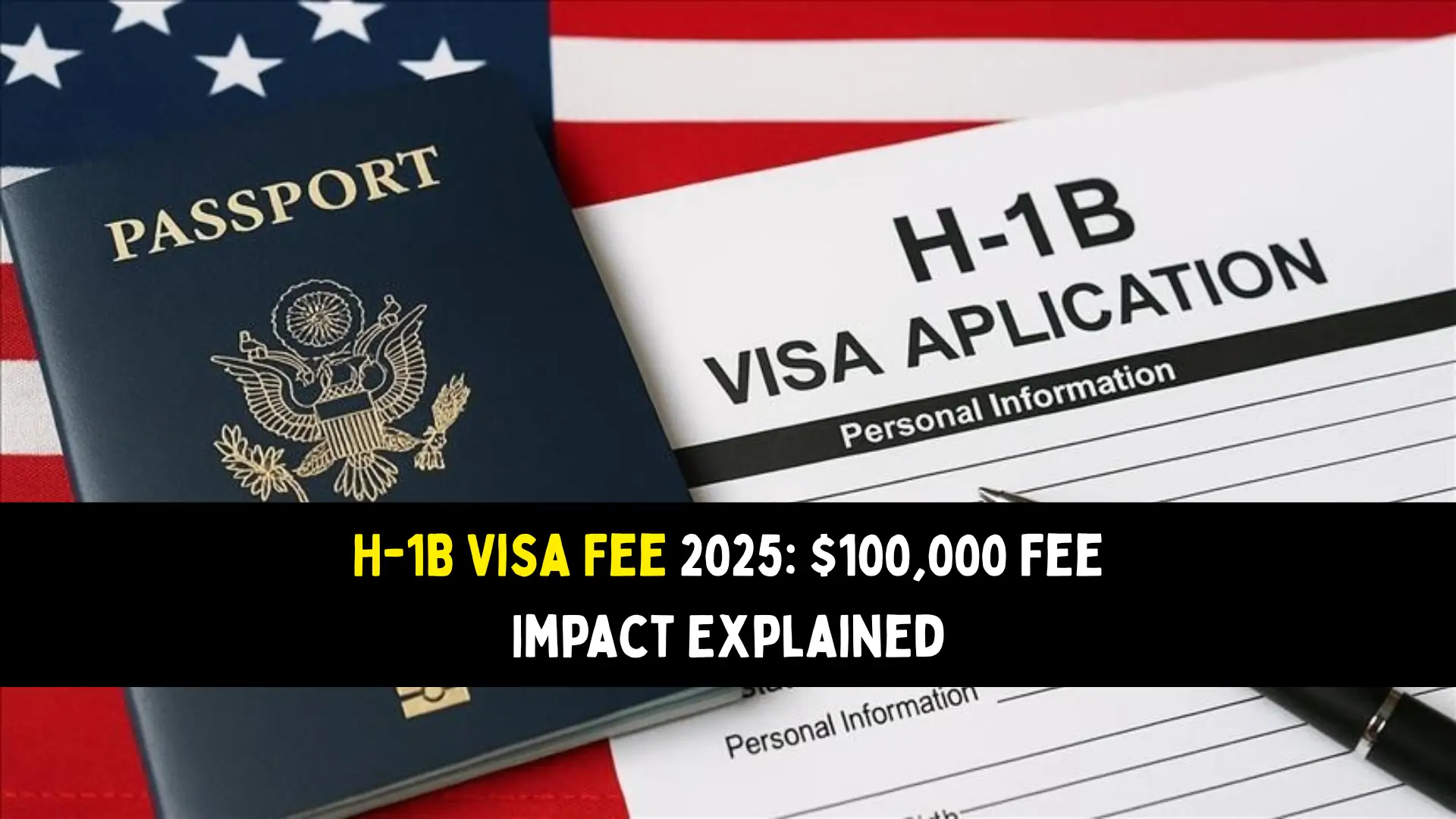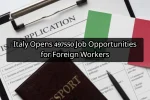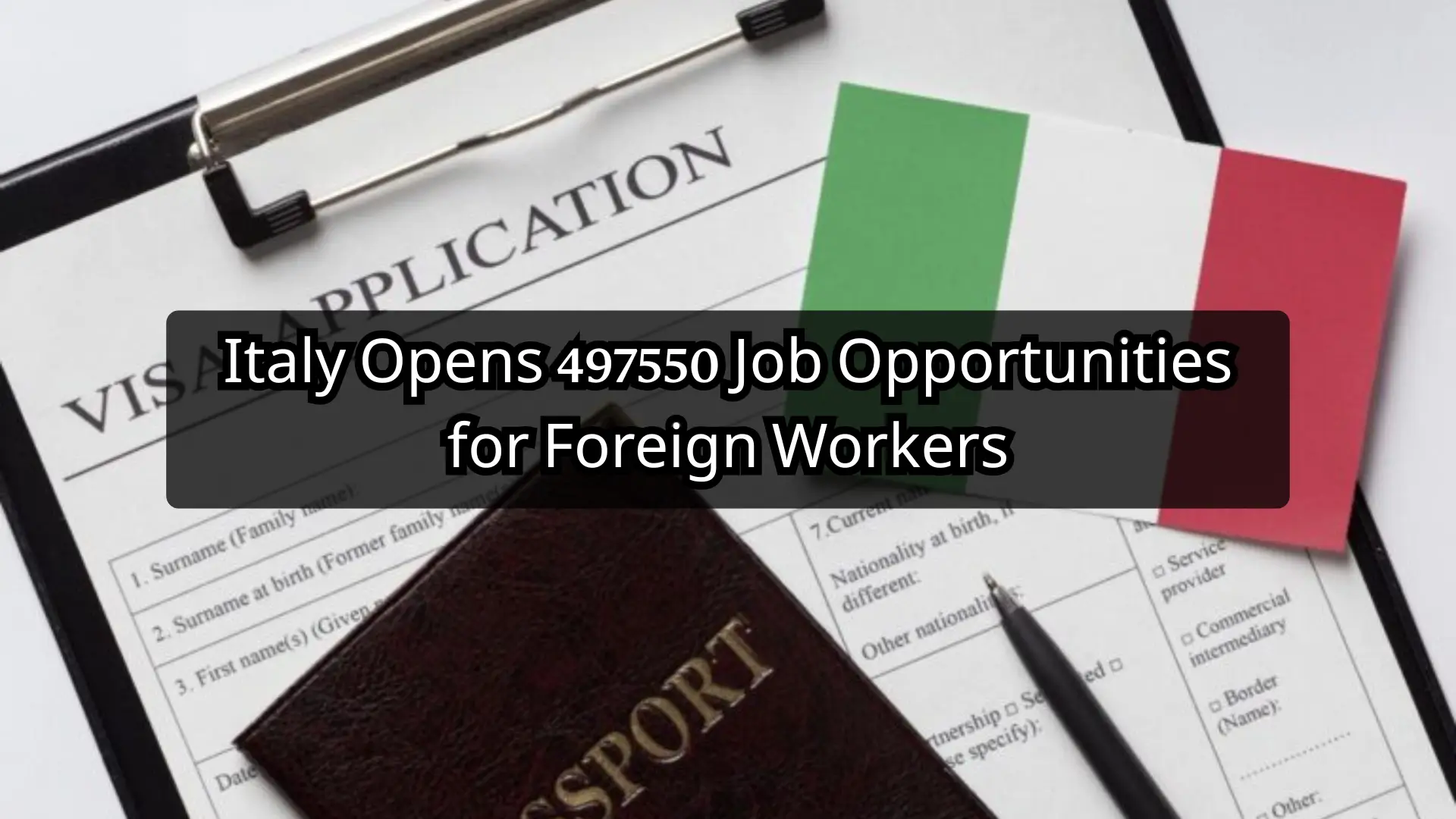H-1B Visa Fee 2025: $100,000 Fee Impact Explained. The H-1B visa has long been the main way for U.S. companies to hire skilled foreign professionals, especially in the tech industry. But in 2025, a major change has been announced, a $100,000 fee on new H-1B visas.
This change, signed under President Donald Trump’s executive order, has caused concern among U.S. employers and international job seekers alike. The move aims to reduce dependency on foreign labor and encourage local hiring, but it could have wide-ranging effects on global talent mobility and business operations.
What Is the H-1B Visa?
The H-1B visa is a non-immigrant visa that allows U.S. companies to employ foreign workers in specialized occupations, such as information technology, engineering, healthcare, and finance.
Each year, the U.S. issues around 85,000 H-1B visas, with most going to skilled professionals from India, China, and other countries with strong tech industries. The visa is valid for three years and can be extended for another three.
New $100,000 H-1B Visa Fee in 2025
According to the latest executive order signed by President Trump, all new H-1B visa applications will now include a $100,000 fee.
This fee is in addition to existing USCIS processing and legal charges, which already make the H-1B one of the costliest employment visas in the world. The new fee is intended to discourage companies from over-relying on foreign workers and to promote local hiring under the “America First” employment policy.
Key Details of the 2025 H-1B Fee Change:
- New one-time government fee: $100,000 per H-1B visa
- Applies to all new applications filed after the order’s effective date
- Renewal or extension fees may remain unchanged (pending clarification)
- Employers will bear the cost — not the employee
Why the $100,000 Fee Was Introduced
The government’s main reasons for introducing this large fee are:
- Encouraging Local Employment:
The new policy aims to push U.S. companies to hire American workers first, instead of outsourcing or importing talent. - Reducing Visa Abuse:
Authorities claim that some firms exploit the H-1B program to hire cheaper foreign labor, which affects job opportunities for Americans. - Revenue Generation:
The new fee could raise billions in federal revenue, which the government may use to strengthen domestic workforce programs.
Impact on Tech Companies
The $100,000 H-1B visa fee is expected to create major challenges for U.S. tech giants and startups alike. Companies like Google, Microsoft, Amazon, and Meta have traditionally relied heavily on H-1B workers for roles in software engineering, data science, and cybersecurity.
Here’s how the fee could affect the industry:
- Higher Hiring Costs: Each foreign employee will now cost companies much more, making them reconsider new H-1B sponsorships.
- Shift to Remote Hiring: Many firms are expected to hire remote international workers instead of bringing them to the U.S.
- Increased Outsourcing: Companies may move jobs overseas to avoid expensive visa costs.
- Reduced Innovation: Limiting access to global talent could slow research and development in key sectors like AI and biotech.
Reaction from the Business Community
Tech leaders and business associations have strongly criticized the policy, saying that it could hurt U.S. competitiveness. Many point out that H-1B professionals contribute significantly to innovation and job creation within the United States.
A spokesperson for a major tech firm stated,
“The new $100,000 fee will not only hurt companies but also limit opportunities for global talent that drives innovation in America.”
Others argue that the policy may push companies to expand in countries like Canada, Ireland, or Singapore, where immigration rules are more flexible and affordable.
Alternatives Being Explored
Since the new fee makes the H-1B program extremely expensive, many U.S. and international companies are exploring other options:
| Option | Description |
|---|---|
| Remote Hiring | Hiring foreign professionals who work from their home countries to avoid visa costs. |
| Global Offices | Opening or expanding offices abroad to tap into global talent pools. |
| Other U.S. Visas | Exploring L-1 (intra-company transfer) or O-1 (extraordinary ability) visas. |
| Partnership Programs | Contracting with overseas agencies for specialized project work. |
These strategies allow companies to continue accessing top talent without paying the massive new fee.
Impact on Foreign Workers
For foreign professionals — especially in India and Southeast Asia — the policy has come as a shock. The H-1B visa was a dream for many skilled workers hoping to build a career in the United States.
Now, with the $100,000 fee, U.S. employers may reduce sponsorships, making it harder for new applicants to secure positions. This could lead to:
- Fewer job offers from U.S. companies
- More competition for limited positions
- Migration toward other countries like Canada or Australia
Conclusion
The $100,000 H-1B visa fee for 2025 marks one of the most dramatic shifts in U.S. immigration and employment policy. While it aims to promote American jobs, it may also create new challenges for the global tech industry and limit access to skilled workers.
As companies adjust, we’re likely to see a rise in remote work and international expansion rather than traditional immigration. For many, the H-1B dream is becoming harder — and much more expensive — to achieve.

















